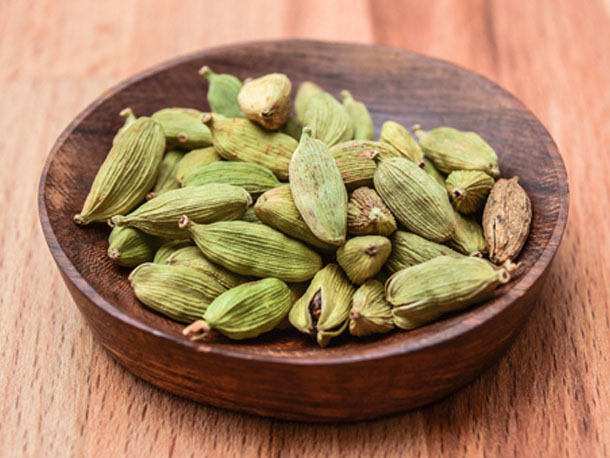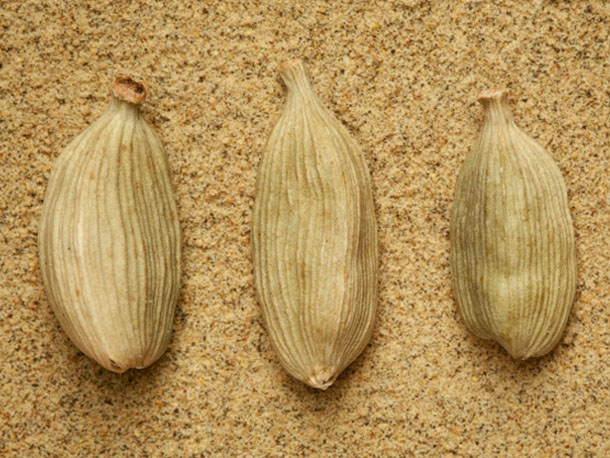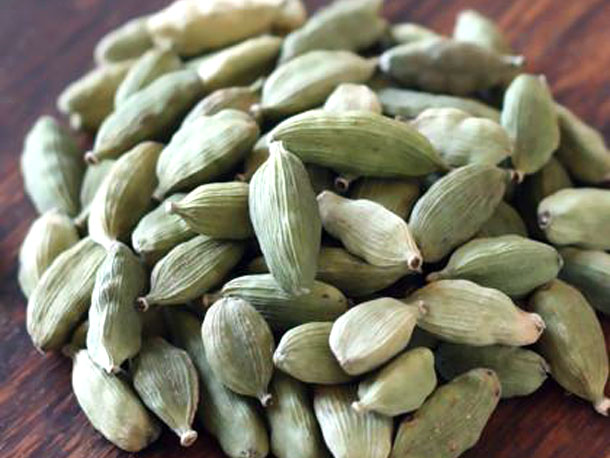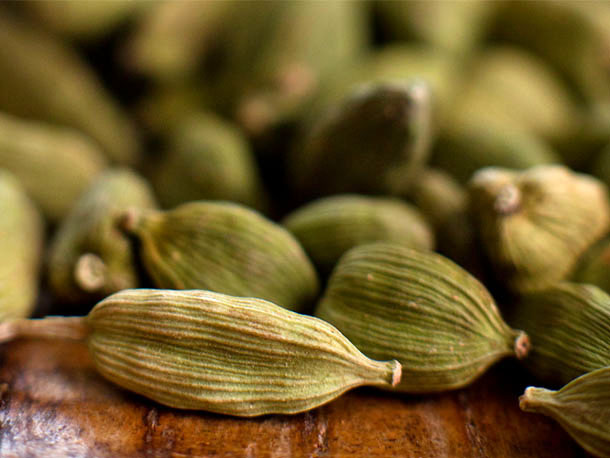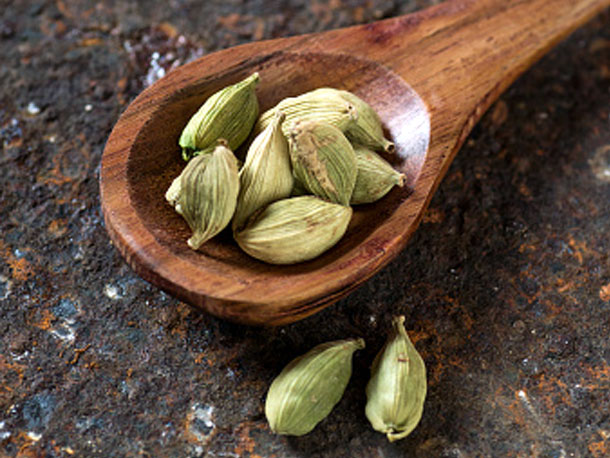Indian cardamom prices increase 40% due to low supplies
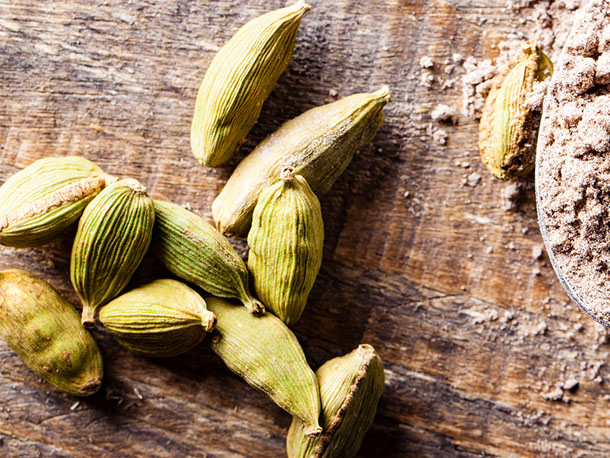
INDIAN cardamom prices have been on a consistent uptrend because of poor supply due to zero imports from Guatemala.
High demand from up country buyers and increased exports to West Asia has pushed up prices by 30% to 40% in just two months. Auction prices of cardamom are averaging above Rs750 ($16.20) per kg in the last few auctions. The maximum price at the auctions touched Rs880 per kg on Tuesday, traders said.
“Festival and winter demand is very good and this has helped the market to remain firm despite good arrivals,” sources in the Kumily Cardamom Processing Marketing Company (CPMC), told the Financial Express newspaper.
Arrivals had almost doubled since October, when supplies were low because of poor rains. At the CPMC auction on Wednesday, arrivals touched 81 tonnes and on Tuesday, around 75 tonnes of cardamom were traded at the auction conducted by South Indian Green Cardamom Company.
Imports from Guatemala, which tend to depress the domestic market, have been almost zero in the last two years.
Rains and floods in the cardamom producing regions of Guatemala have kept global prices on the higher side.
In the past, higher domestic prices in India always led to higher imports from Guatemala, as international prices constantly stayed at a discount to Indian prices. Indian prices are usually more than those on the world market because of strong domestic consumption.
Reports indicated that India imports around 300 to 500 tonnes of cardamom a year, which helps in limiting the domestic price. The world shortage has also helped in more exports from India. “Exports during the month of October were almost 400% more than the same period last year, while they were around 100% more than the previous month,” Spices Board sources said.
Price realisations were also around Rs54 per kg more than previous years, sources added.
Most trade and industry sources are still uncertain about the final output, with one group saying that output would just around 2007/08 levels, while the other predicting that production this year would be higher because of an increase in prices.

